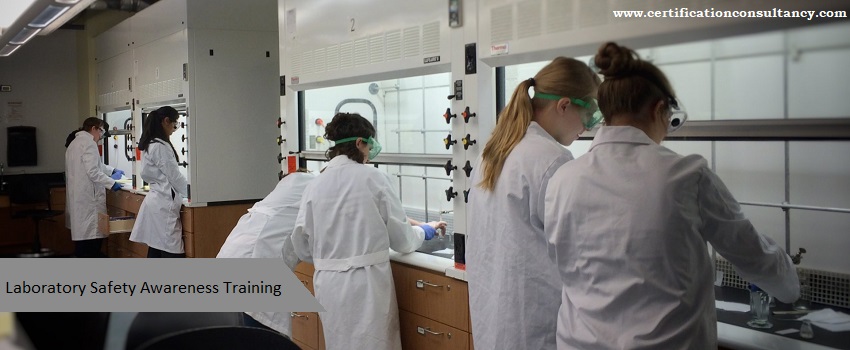
Improving awareness of safety in the laboratory is crucial for lowering occupational risks. Chemicals, electrical equipment, and biohazardous items are just a few of the various safety risks that can be found in laboratories. Consequently, it is crucial to comprehend the significance of laboratory safety awareness. The schedules for testing and research projects may also be impacted if something goes wrong. Employees may sustain injuries at work, and equipment may be destroyed.
Hazards can be reduced or completely avoided by being familiar with the laboratory safety awareness and constantly adhering to the correct safety practices. Knowing the right actions to take in the unfortunate event that something goes wrong is also crucial. Although laboratories are made with safety in mind, accidents can still occur, therefore it is vital to be ready and aware of any potential threats.
Since the safety of any laboratory is of utmost importance, the safety resource was developed to encourage and promote safe and effective working procedures. The main causes of laboratory accidents and issues include haste, taking shortcuts, and not adhering to established procedures. To prevent wasting samples, money, or time, as well as to ensure your safety, it is imperative that you take your time. The proper safety equipment must be worn by anyone operating or visiting the lab, and food and beverages must not be consumed. It is more likely that meticulous, accident-free work will be encouraged in a tidy, uncluttered environment.
The Laboratory Safety Awareness Training PPT will help to get the training to the staff members and it contains an overview of the laboratory safety management system, laboratory safety responsibility, safety rules, implementation of OH&S, hazard/risk assessment, risk assessment and evaluation, safety documentation, MSDS and safety for use of chemicals, electrical safety, compressed gas cylinder safety, emergency preparedness, fire safety & best safety practices, safety checklist, and safety manual. Throughout, we reiterate the significance of safety and stress that the first step in establishing safety awareness in the lab is becoming familiar with all the necessary tools and working methods. In order to ensure remedial and preventive actions are taken, as well as ongoing improvement, safety in the workplace requires a review of common laboratory audit safety results.
In addition to the significance of lab safety for preserving employees and researchers, there are a number of crucial tactics that companies may implement to help maintain the secure running of their labs. These consist of:
- Creating a thorough program for laboratory safety, complete with policies, procedures, and training for handling and using hazardous compounds safely. This program needs to be periodically reviewed and modified and should be customized for the specific risks that exist in the lab.
- Making available the proper personal protective equipment (PPE) to all employees who use hazardous materials in the lab. Depending on the dangers present in the laboratory, this can also include gloves, safety glasses, lab coats, and respirators.
- Personnel with the necessary training and familiarity with the risks that exist in the laboratory should conduct these checks. They should entail examining the safe handling, labeling, and storage of hazardous materials as well as the quality and upkeep of PPE and other safety gear.
- Putting into practice protocols for waste disposal, spill containment, and emergency response. All employees should receive a thorough explanation of these protocols, and they should be routinely reviewed and put into practice to make sure that everyone is capable of handling emergencies in the lab.
Overall, maintaining the health and safety of workers and researchers in lab environments depends on laboratory safety awareness training. Employers can contribute to the prevention of accidents and injuries as well as the protection of the larger community from potential risks by putting in place a thorough safety program and granting access to the necessary PPE.








